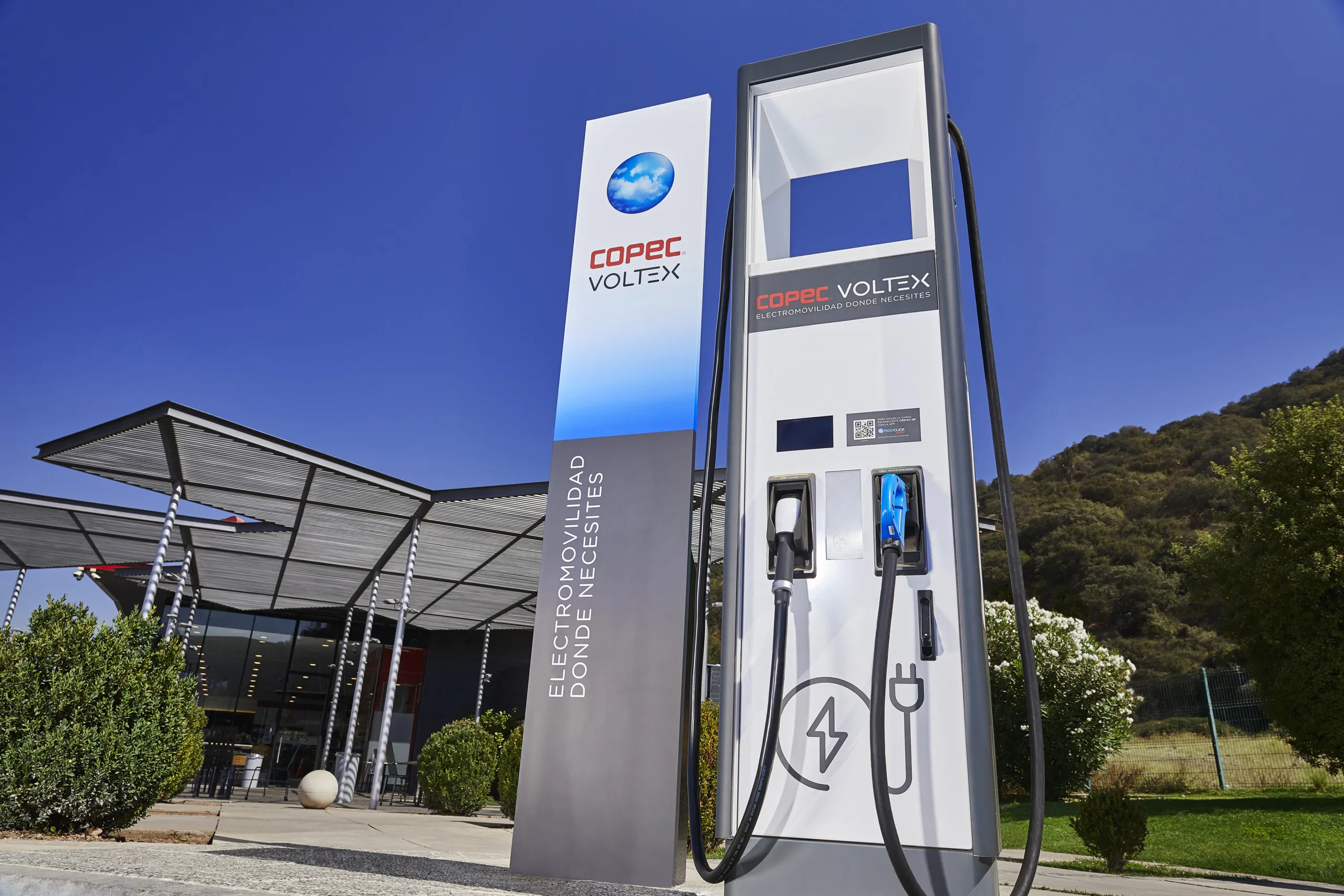Additionally, the facility will manage its sales programme across the territory and house a training and accreditation unit for technical servicing and support. It can also customise the company’s product range to meet local market needs and specific client requirements.
The site will feature a testing centre for car manufacturers to offer comprehensive and confidential testing facilities for automotive vehicles behind closed doors.
Jeroen Jonker, Tritium’s general manager - Sales Europe, said: “The opening of this facility represents a major investment and commitment to the European market and it’s in direct response to increased demand for our products and services from this region. In just a few years Tritium has made a significant impact in the fast-charging sector and we needed to have a local presence operational in Europe ahead of a very active year, when we’ll be launching a number of new initiatives.
“Europe offers enormous potential for Tritium and the market is extremely exciting for us. Thus far, we have been very successful in deploying charging infrastructure in the Utilities & Network sector and partnering with leading CPOs and back-end providers. The recent surge in new EV model launches in Europe has sparked increased interest in our Veefil range of 50kW Fast Chargers and Ultra-Fast Chargers (150-475kW), for both urban and corridor charging. Tritium is working closely with leading companies in the European Automotive and Petrol/Retail industry, in order to provide the best suited and most efficient fast charging solution in the market.”







